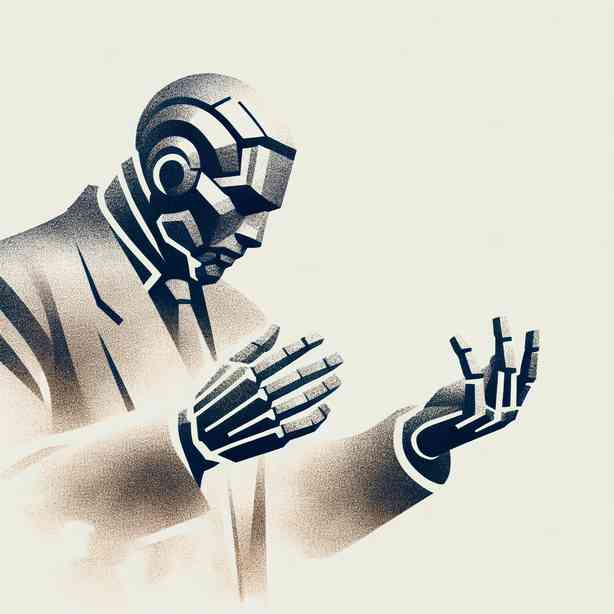
The one arm movement that says it all encompasses a variety of nonverbal cues that convey a wide range of emotions and messages. Nonverbal communication is a vital aspect of human interaction, as it often speaks louder than words. Whether it is a simple gesture, a posture, or the orientation of one’s body, how we carry ourselves can reveal our true feelings and intentions.
One of the most compelling arm movements is the single, extended arm gesture. This motion can convey openness, confidence, and a willingness to engage with others. For instance, when someone extends an arm outward in a welcoming manner, it often invites interaction and creates a sense of connection. This action can be particularly effective in social situations where the goal is to establish rapport and foster deeper relationships.
Furthermore, the way we position our arms can indicate our emotional state. Crossed arms, for instance, are frequently interpreted as a defensive posture. When an individual folds their arms across their chest, it may suggest that they are feeling closed off, insecure, or in disagreement. In contrast, relaxed arms hanging loosely by one’s side can demonstrate comfort and ease, signaling to others that one is approachable and open to conversation.
In professional settings, the same arm movements hold significant meaning. A leader who uses expansive arm gestures while speaking can exude authority and confidence. These gestures can enhance the delivery of a message, emphasizing key points and making the speaker appear more credible. Similarly, when a speaker gestures with one arm to emphasize a point, it can help to engage the audience, reinforcing the message being shared.
Moreover, the cultural context of arm movements cannot be overlooked. Different cultures interpret gestures differently, and what is considered inviting in one culture may be viewed as aggressive or disrespectful in another. For example, in some cultures, an extended arm gesture can be a sign of friendliness and openness, while in others, it might be perceived as too forward. Understanding these nuances is essential, especially in our increasingly globalized world.
The significance of the single arm movement goes beyond mere communication; it can also affect others’ perceptions and reactions. A person who confidently uses their arms when speaking may instill a sense of trust and respect in their audience. This connection can lead to more productive conversations, collaborative environments, and even enhance relationship dynamics.
Research has shown that nonverbal cues can dramatically affect interpersonal relationships and the outcomes of various interactions. Studies indicate that the use of open and inviting arm gestures can improve negotiation outcomes and help foster a more cooperative atmosphere. This can be particularly beneficial in business settings or when trying to resolve conflicts where emotions may run high.
Additionally, various arm movements can be associated with different emotions. For instance, an upward gesture can signify enthusiasm and excitement, while a downward gesture might imply disappointment or sadness. Observing these movements and understanding their implications allows for better communication and empathy between individuals.
In interpersonal relationships, whether in friendships, family dynamics, or romantic partnerships, understanding the power of a simple arm movement can drastically impact the quality of interactions. Consider how your own arm movements may influence the dynamics of your relationships. By being mindful of how you present your body and the messages you send through these gestures, you can enhance your connections with others.
Furthermore, the impact of these gestures can extend to one’s self-perception and confidence levels. Engaging in empowering arm movements, such as placing one hand on the hip or extending an arm outward, can actually induce feelings of confidence and assertiveness. This phenomenon is termed the “power pose,” suggesting that specific body postures can change not only how others perceive us but also how we perceive ourselves.
Another important aspect to consider is the role of body language in digital communications. With the rise of virtual interaction, our nonverbal cues have found a new platform. While we may not have the same physical presence in video calls, the ability to use our arms and gestures can still enhance the communication experience. Using hand movements to emphasize points or express enthusiasm can lead to more engaging conversations, even through a screen.
Finally, it is important to practice and cultivate awareness of your nonverbal communication skills. Being conscious of your arm movements and understanding the messages they convey can greatly enhance your interpersonal skills. Through practice and mindfulness, you can learn to align your body language with your verbal communication, creating a more holistic approach to how you interact with the world around you.
In conclusion, the one arm movement that says it all encompasses a multitude of meanings and messages. From conveying openness and confidence to enhancing communication and fostering connections, understanding the power of arms in nonverbal communication is essential. By recognizing how gestures can influence perceptions and relationships, you can become a more effective communicator and deepen your interactions with others. As you navigate various social contexts, remember that a simple arm movement can indeed say it all.


